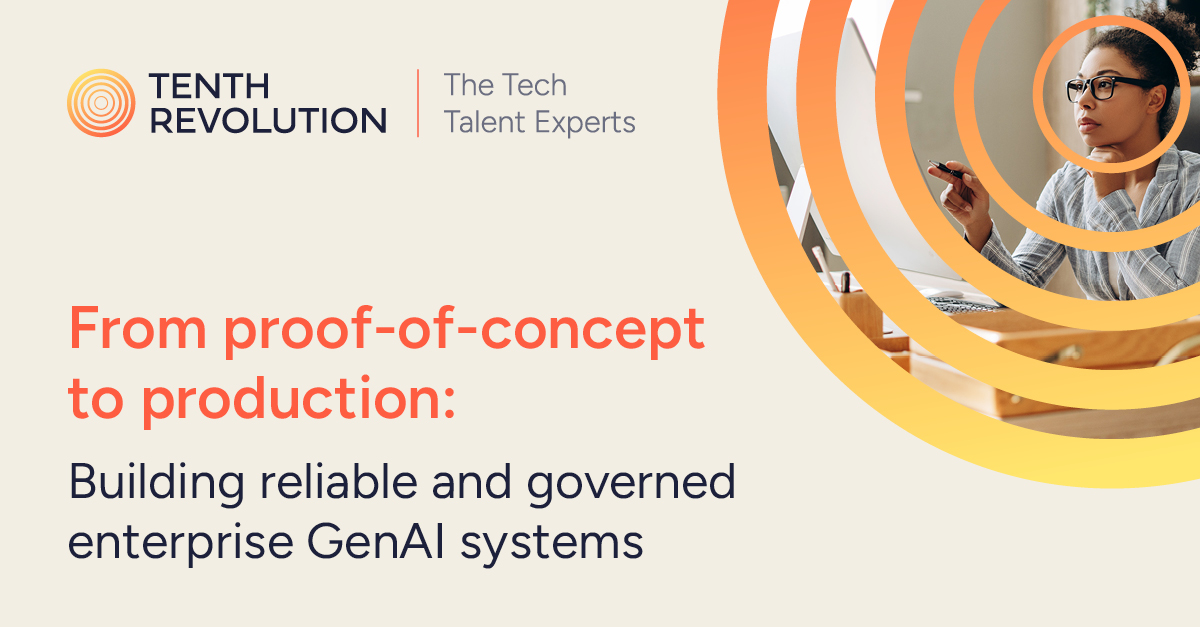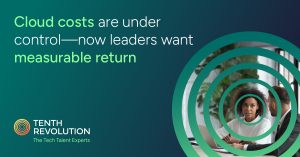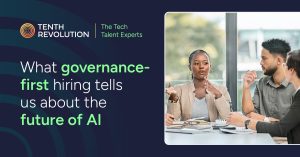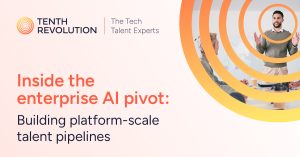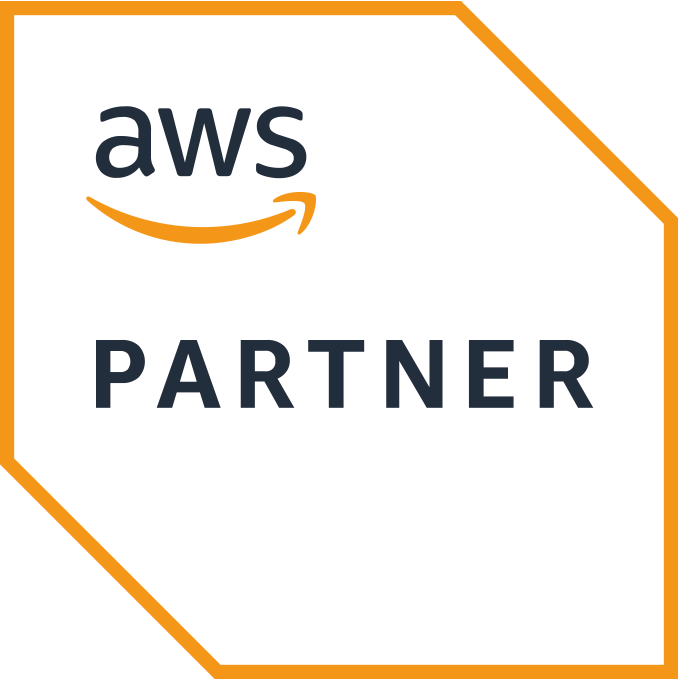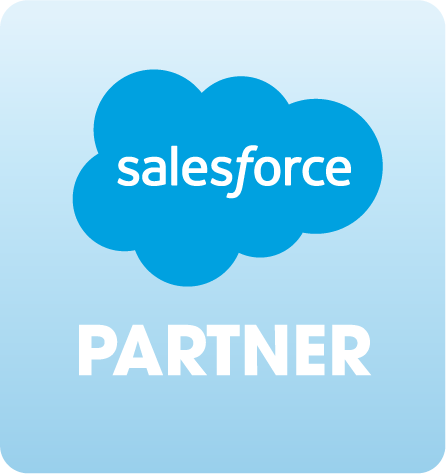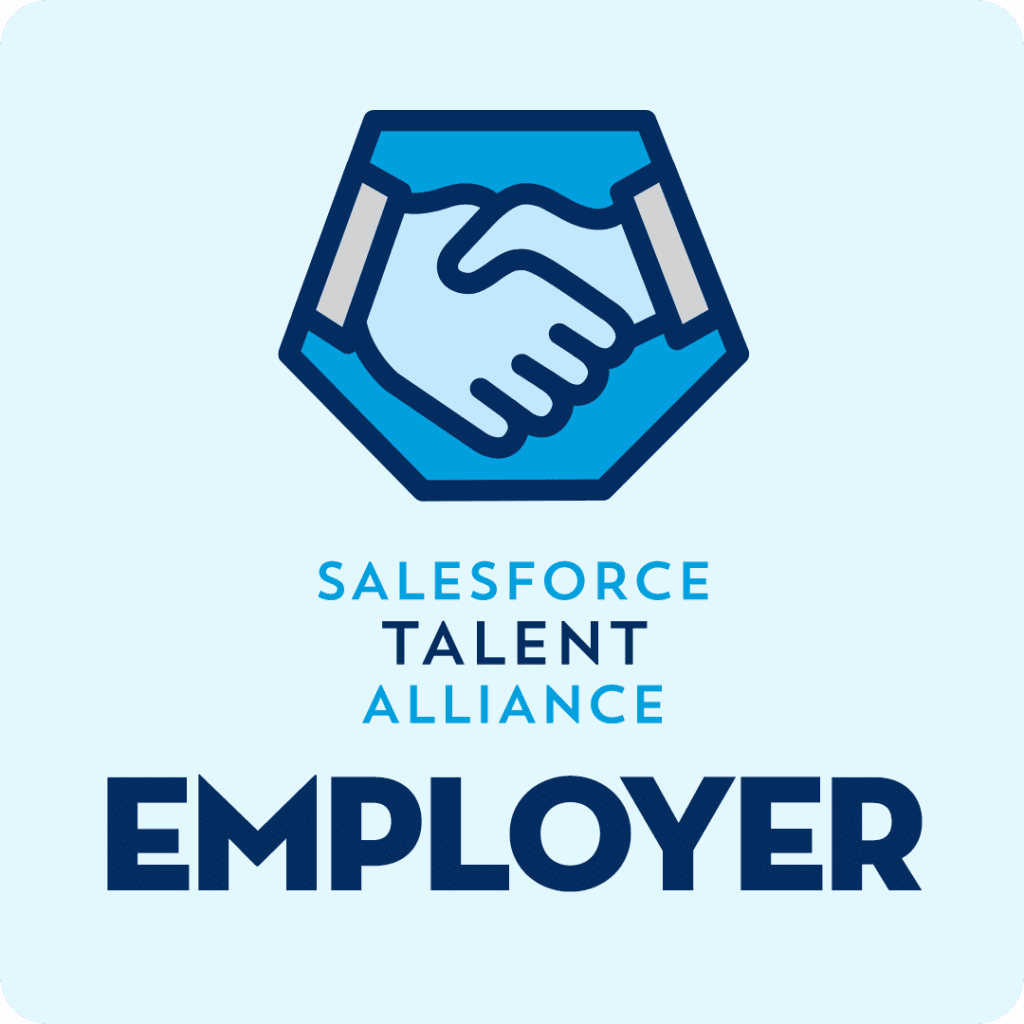Enterprises are moving fast to operationalize Generative AI, but turning an experimental proof of concept into a secure, reliable production system takes a completely different kind of talent.
In the last year, many organizations have explored Generative AI (GenAI) through limited pilots and sandbox use cases, often driven by innovation teams or small AI task forces. As interest has surged, those experiments are now transitioning into enterprise-grade systems designed to operate at scale, integrate with core business data, and meet compliance requirements.
This transition marks a critical point for leaders: the move from possibility to production. And it’s a phase where hiring the right people, not just the right technology, determines whether GenAI becomes a genuine business capability or remains a short-lived experiment.
Understanding the modern GenAI production stack
At the heart of most modern GenAI deployments lies a familiar set of technical components:
- Retrieval-Augmented Generation (RAG): A method that combines large language models (LLMs) with proprietary enterprise data to deliver accurate, contextual answers.
- Vector search: The mechanism that allows systems to find relevant documents or embeddings quickly within massive datasets.
- Evaluation and observability frameworks: Tools that monitor LLM performance, accuracy, and bias in real time.
- Guardrails and governance layers: Systems that manage data privacy, security, and compliance while maintaining ethical use of AI outputs.
- Cloud AI service integration: Commonly deployed across AWS, Azure, or Google Cloud, where scalable infrastructure and AI APIs power the enterprise layer.
These components form what many now call the “AI production stack.” While the technology itself is advancing rapidly, its success still depends on how effectively organizations can build and manage people-centered systems around it.
From pilots to production: Why governance changes everything
Proof-of-concept (PoC) projects are designed to explore potential. They test hypotheses and generate excitement, but they’re rarely built for scale, reliability, or accountability. When those same models are deployed into real workflows such as customer support, financial analysis, or compliance checks, the stakes change completely.
To manage that shift, enterprises need teams with expertise across several key disciplines:
- AI architecture and data engineering to handle model integration, orchestration, and performance tuning.
- MLOps and GenAIOps specialists who can standardize versioning, testing, and deployment pipelines.
- Security and governance professionals to ensure compliance with evolving data protection frameworks and ethical AI standards.
- Change management leaders who can align business users, educate non-technical stakeholders, and guide adoption responsibly.
Without this mix of technical and strategic expertise, even the most powerful AI tools risk creating operational debt or compliance issues down the line.
Turning strategy into delivery
The difference between a proof of concept and a production system often comes down to process maturity. Reliable GenAI systems demand:
- Continuous evaluation: Building feedback loops where model outputs are tested against real-world benchmarks.
- Robust data pipelines: Ensuring the right data is available, governed, and traceable.
- Cross-functional collaboration: Connecting AI developers, compliance teams, and business leaders through transparent workflows.
Organizations are now realizing that GenAI success is less about “one big model” and more about one coherent system, a connected network of data, infrastructure, and human oversight.
The technology is powerful, but success still depends on people. Tenth Revolution Group connects businesses with specialized talent across the world’s leading cloud ecosystems, helping organizations move from experimentation to enterprise-grade AI.
Talent trends: The rise of GenAIOps and AI governance roles
Right now, there’s a broader shift across tech ecosystems. Businesses are no longer just hiring data scientists; they’re hiring AI product managers, prompt engineers, and compliance officers who can turn machine learning into measurable business outcomes.
For hiring managers, this evolution means thinking beyond traditional role definitions. The most successful organizations are now building hybrid teams that blend technical fluency with strategic thinking, people who can translate between LLM outputs and boardroom priorities.
If your organization is developing its own GenAI production stack, finding this balance of talent early is essential. Tenth Revolution Group helps enterprises source cloud, AI, and data professionals who can build scalable, governed solutions aligned with your long-term strategy.
Avoiding the model trap
Many organizations make the mistake of treating AI as a technology upgrade rather than a capability transformation. But deploying a model is not the same as deploying a system. Governance, monitoring, and continual iteration define production AI, not just accuracy benchmarks.
Leaders should ask:
- How will we evaluate the business impact of every model we deploy?
- What’s our escalation process when outputs are inaccurate or biased?
- Who owns the accountability for ethical AI use in our organization?
Answering these questions early creates the foundation for AI that’s both trusted and sustainable.
From experimentation to enterprise value
As GenAI matures, enterprise leaders face a dual challenge: keeping pace with rapid innovation while ensuring responsible, long-term integration. Reliable, governed systems don’t just happen; they’re built by teams with deep technical skill, strong compliance understanding, and the ability to turn theory into production-grade delivery.

